We recently tried out the Pau Casals business class lounge at Barcelona Airport. It’s run by airport operator AENA, which began reopening some of its lounges in Spain in July.
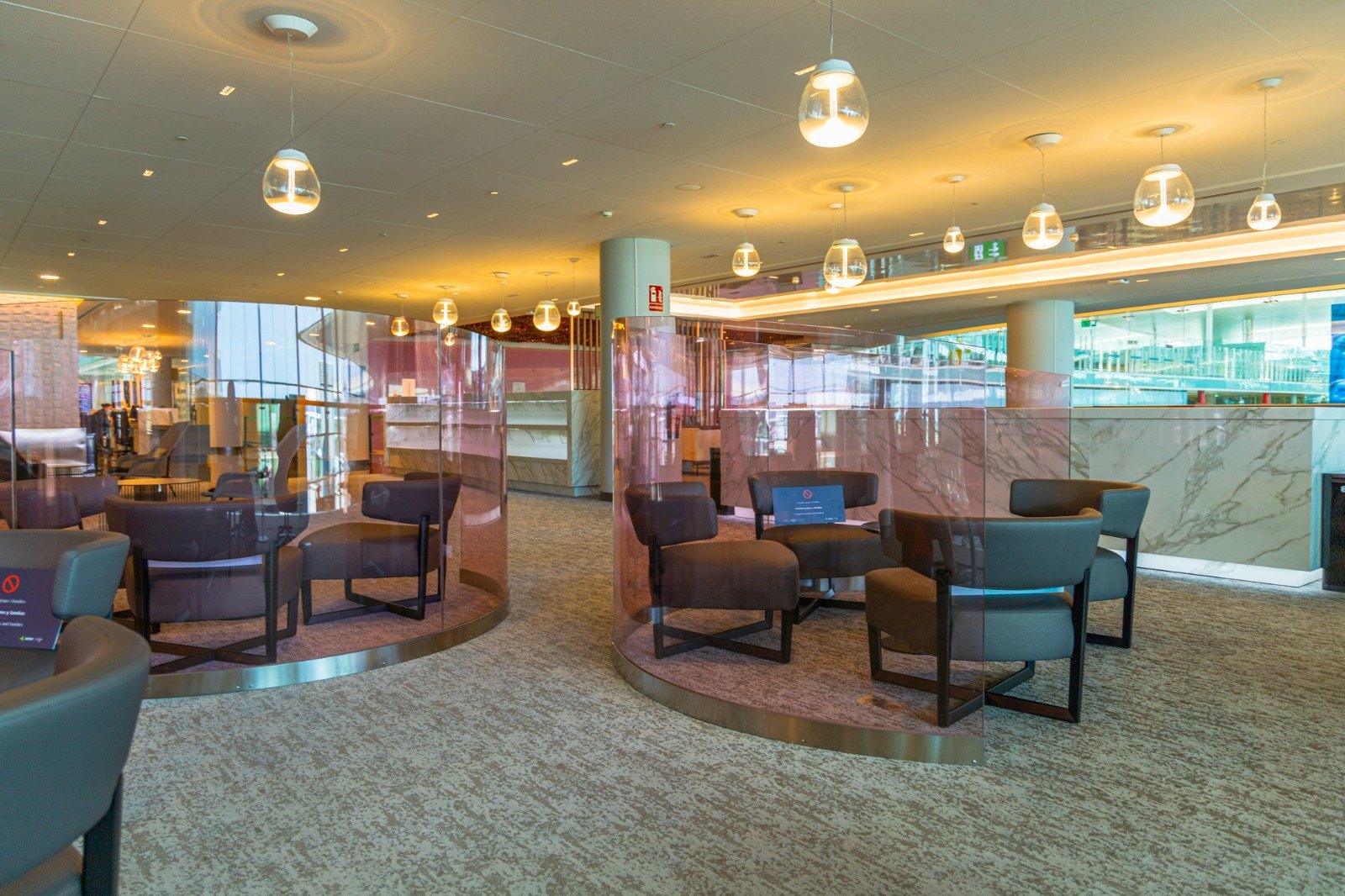
We were curious to see how airport lounges would be operating under the ‘new normal’. In the usual circumstances, there are two main lounges available to those travelling through Barcelona. The first is the Barcelona Pau Casals lounge, which is for flights in the Schengen area, the second is the Barcelona Miro lounge, which is for flights outside of the Schengen area.
At the moment, due to changes in airport lounge operations under the ‘new normal’, only Pau Casals is open. You can still use it if you’re flying outside of the Schengen area though. Once you’re through airport security don’t head through passport control, instead go down the elevator from security, turn right, and you’ll see the lounge signposted. You’ll need to allow some extra time once leaving the lounge to clear passport control for your flight, but I wouldn’t expect there to be much of a queue at the present time.
Entry
We used our Lounge Club cards to gain access. Holders of an AMEX Gold card in Spain are entitled to two free entries to any participating lounge per year. After this, it would be a €28 fee per visit. The lounge is also available to Priority Pass members, as well as the majority of passengers flying in business, or flying oneworld, Skyteam or Star Alliance airlines if they have status. Iberia Oro and Platino members can use the facility if they’re travelling with Vueling booked as an Iberia codeshare.
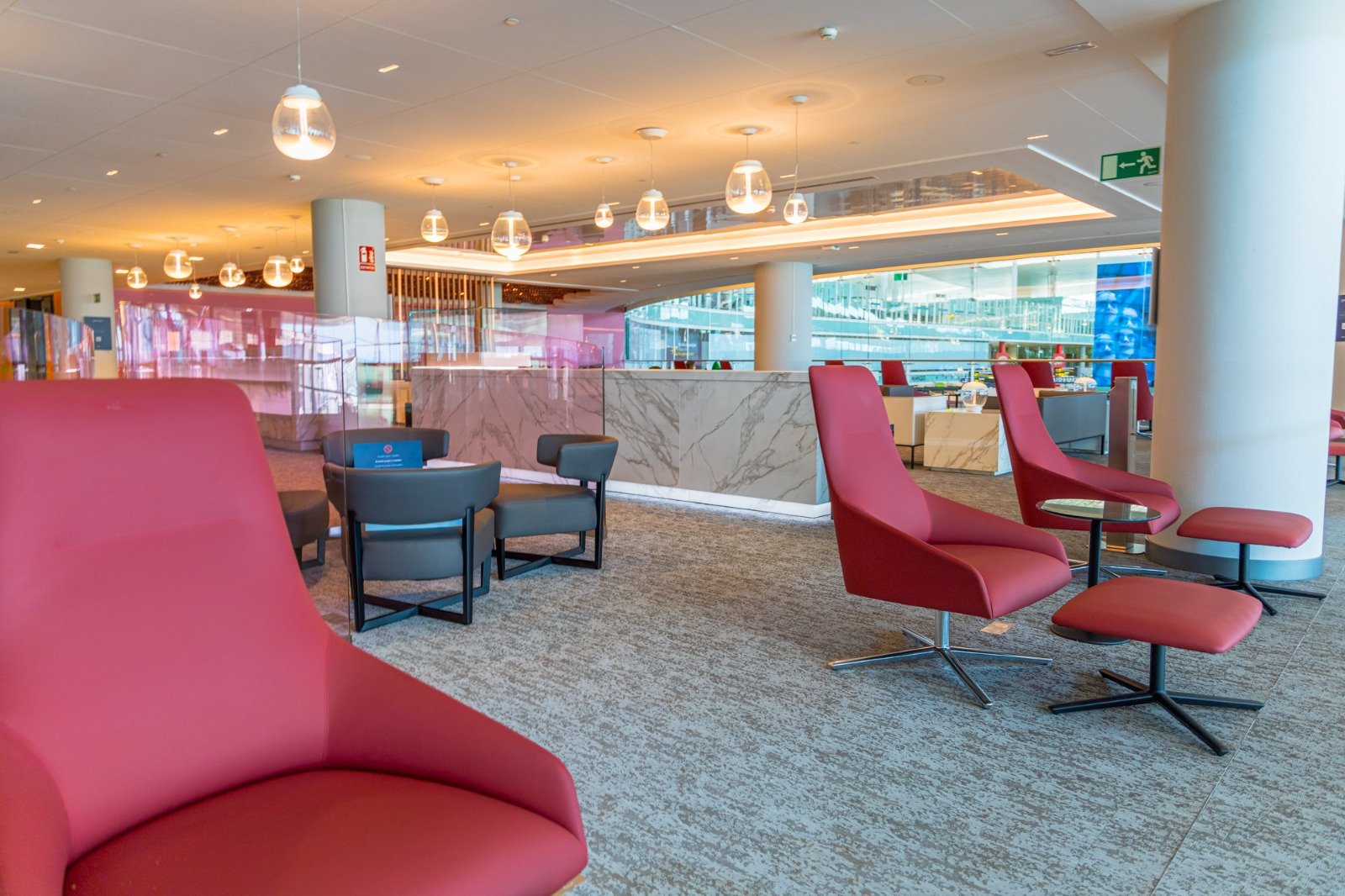
Changes under the ‘new normal’
The Barcelona Pau Casals lounge is easy to find, and entry was straightforward. Although entry for lounge card holders is supposed to only be available three hours before the flight, we were admitted four hours before with no problem. Queue tensa barriers have been set up at the entrance, but there was no wait when we arrived.
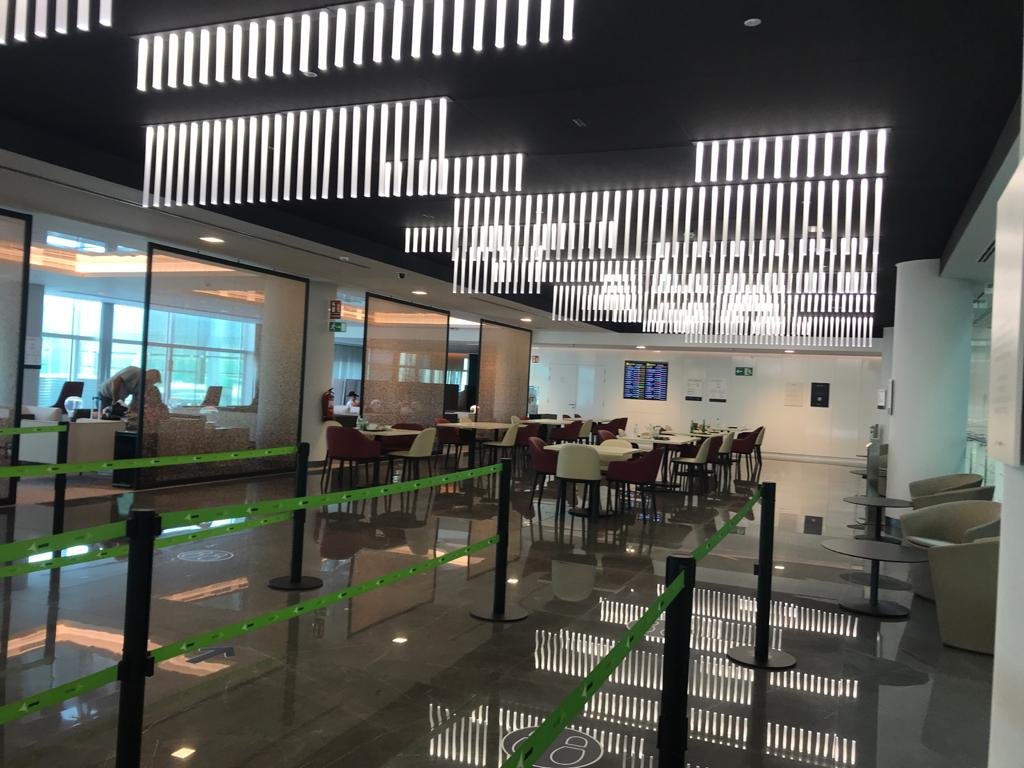
All seating within the lounge has been spread out to ensure adequate distance between passengers. When you are seated, you do not need to wear a mask. You do need to wear a mask though whenever you are moving about within the lounge. Hand sanitiser stations are located throughout the space.
The lounge itself is fairly expansive and was nowhere near busy during our stay (Sunday afternoon). This meant it was possible to choose from a number of different seating areas. Some table and chair sets have plastic screens around them – I quite liked this, and thought it actually added a nice design feature to the lounge.
There were plenty of staff members clearing tables and cleaning areas after passengers had left the lounge. Overall, it felt like a very well organised operation which had been well thought through.
Food and Drink:
This is where you’re likely to notice the biggest change from before. Previously, all food and drink was self service. This is obviously no longer possible and the lounge has been reconfigured as a result. Instead, there are QR codes dotted about the lounge, which you can scan to gain access to an online menu. Alternatively, you can find it here. Options vary depending on the time you visit the lounge.
The lunch and evening selections include a wider choice, however, there are a lack of hot options. The only hot option during our visit was a warm quiche. The majority of the selection is cold meats and cheeses, sandwiches, and yoghurts. It isn’t particularly ambitious, however, AENA lounges have never been strong on the food side.
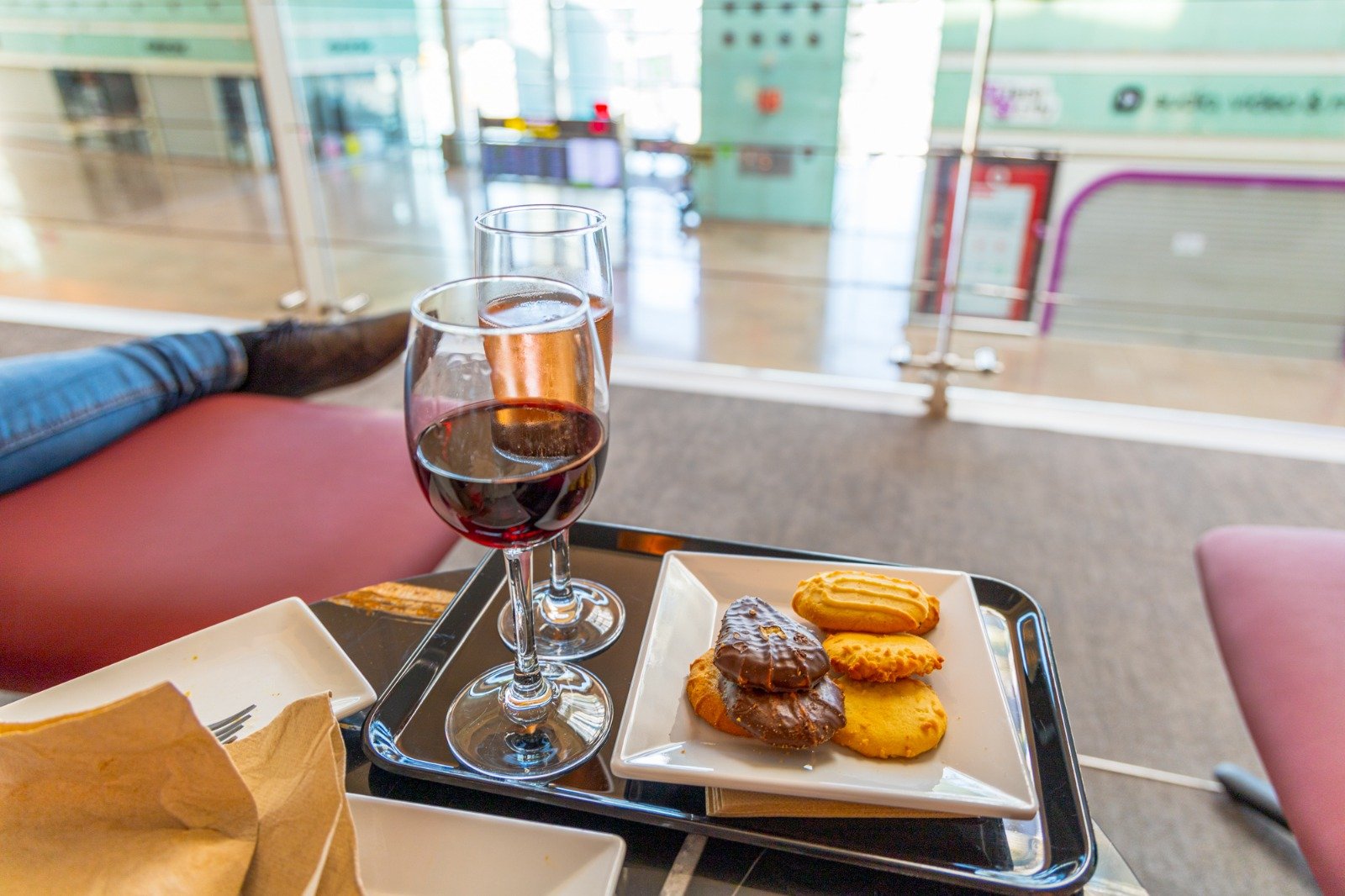
The drinks selection is identical to before, with a fairly good range of wines, as well as beers and spirits. The only difference is that you now need to go to the bar to order. This is where AENA could make improvements. Firstly, during our stay there was often only one person working at the bar. This meant at times it was necessary to wait for around 10 minutes before being served.
The other issue was that the portion and drinks sizes are small. I was given the smallest slice of quiche I’ve ever seen, and a request for a wine resulted in a glass which was never more than about 100ml full. The issue with this is customers were therefore having to go back to the bar far more frequently to ask for top-ups and additional items. With often only one person working, it did make things less streamlined than they could have been.
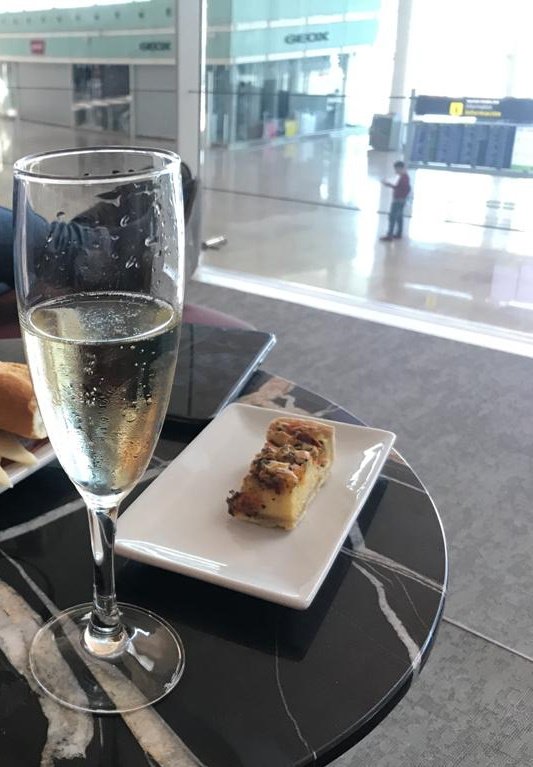
Interior
The lounge appears to have been fairly recently refurbished. I’d actually never been to this lounge before, as on previous occasions travelling through Barcelona I’ve been heading outside the Schengen area and used the Miro lounge instead. The lounge has been well thought through, and there are multiple seating areas, including comfortable chairs for relaxing.
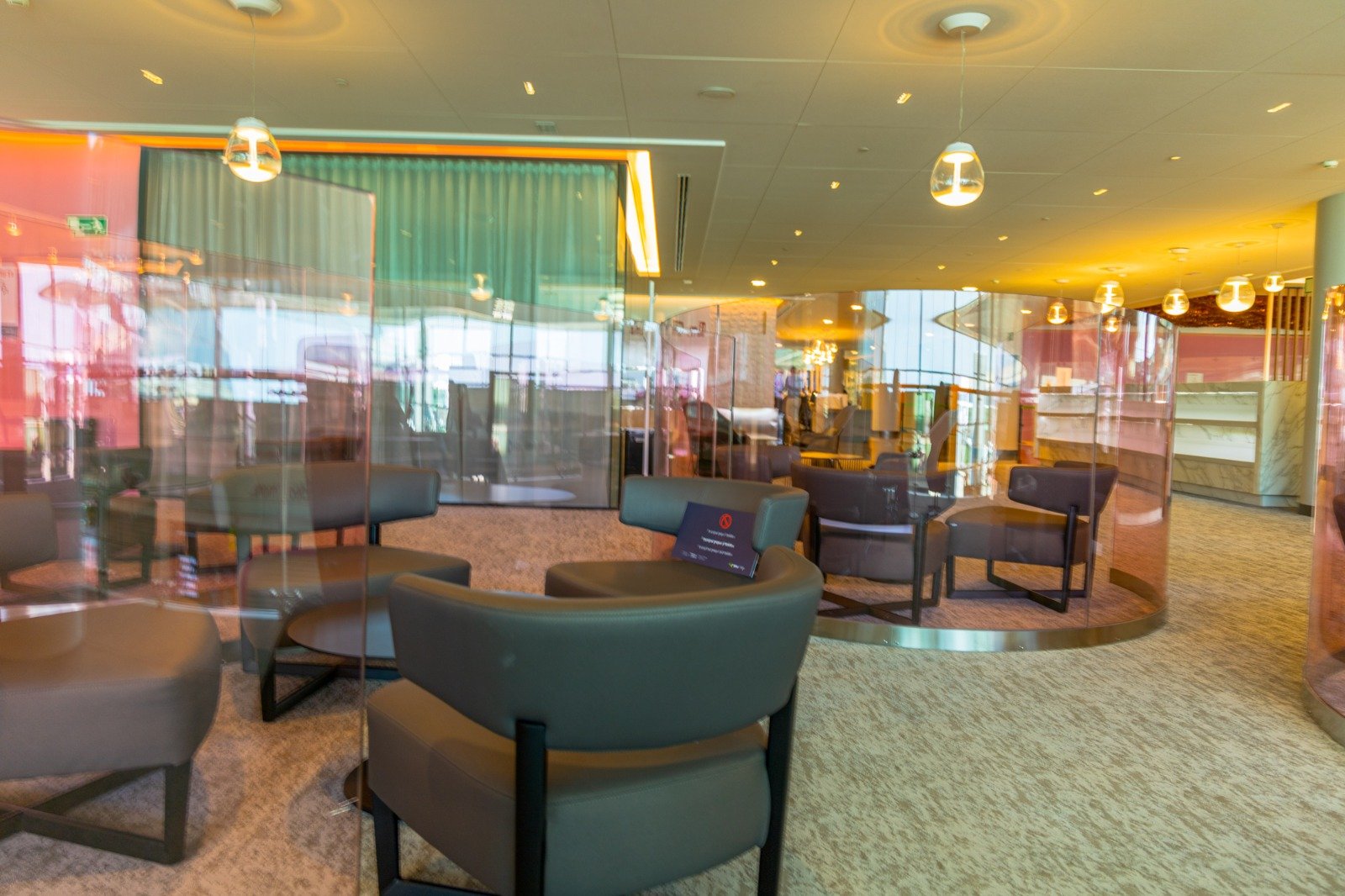
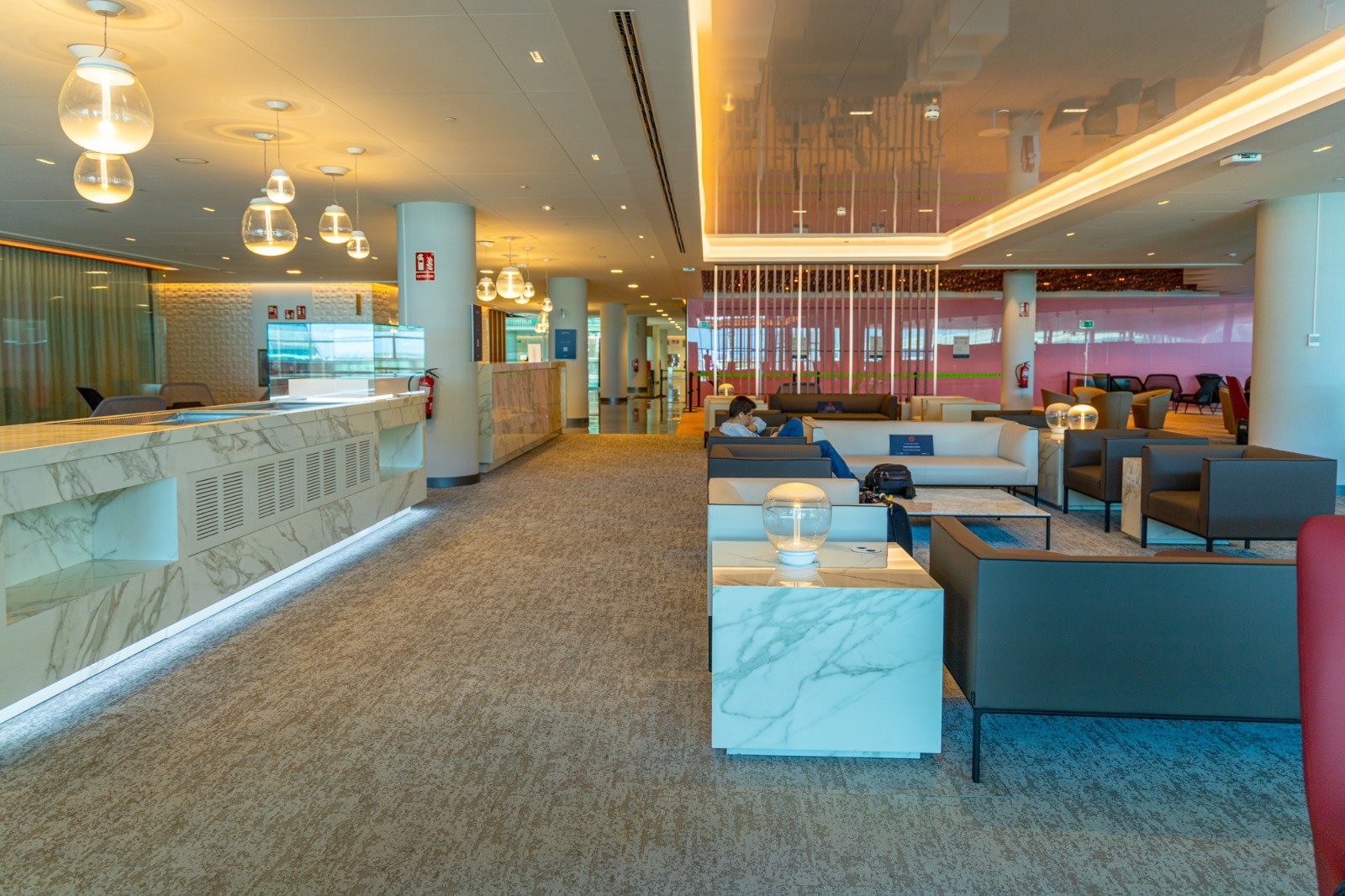
Due to the size of the lounge, and the drastic reduction in flights, it’s hard to see the lounge ever being particularly crowded at the present time. Clearly AENA have calculated that there is no reason to open another lounge at this time, especially since its location means the Pau Casals lounge is accessible to all passengers regardless of their destination.
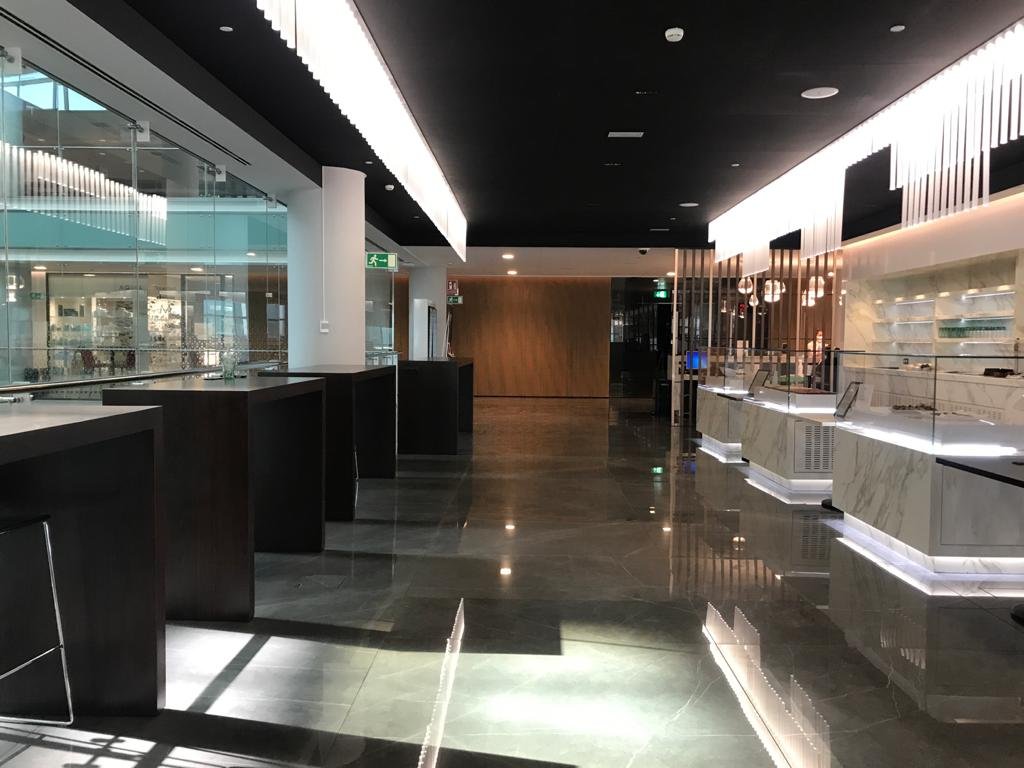
Conclusions
If airport lounges were to reopen, it was going to have to be in a changed environment and under the conditions of the ‘new normal’. AENA were initially slow to reopen their lounges, however, they are now opening up lounges in a fair few airports. This has demonstrated that it is quite possible to safely operate a lounge despite the current situation.
In contrast, Spain’s national carrier, Iberia, have so far failed to reopen their lounge in Madrid, or even to come to an agreement with AENA who have reopened their business lounge at Barajas Terminal 4. It’s hard to conclude that this is anything other than a cost saving measure by Iberia.
Was the lounge experience as good as it would usually be? No, it wasn’t. By its very nature, travelling right now feels more stressful than a year ago, and definitely less relaxed. This said, the Barcelona Pau Casals lounge was a far better experience than I had expected.
AENA has always been weak when it comes to the food available in their lounges, and this remains the case, perhaps even more noticeable than before. This said, if you have a couple of hours to wait before your flight, I really don’t think this is a bad attempt at trying to provide passengers with an experience more similar to that they used to know. Top marks for that.
Don’t forget to keep up to date with our YouTube channel and to subscribe for the latest travel reviews, tips and tricks.
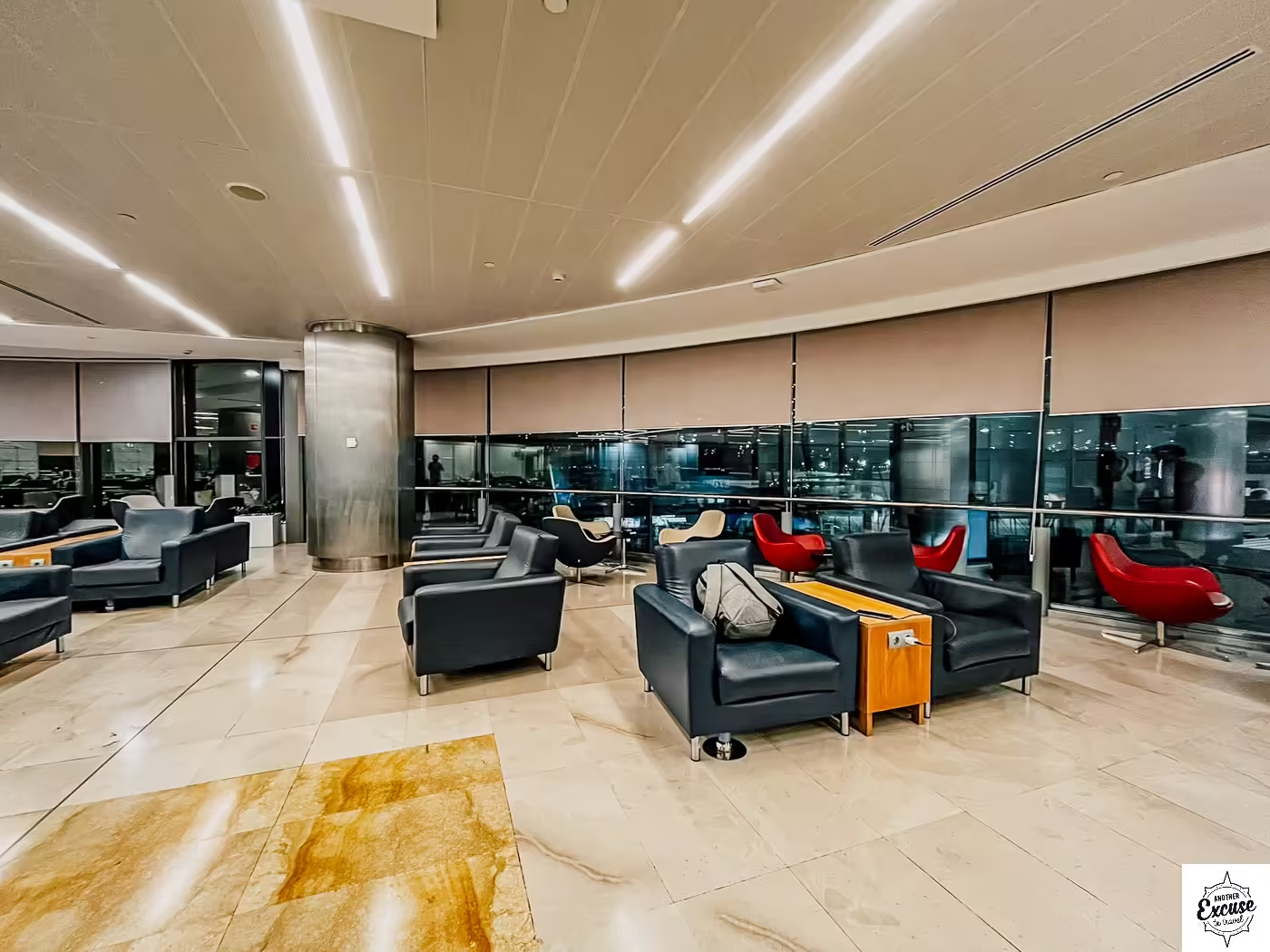


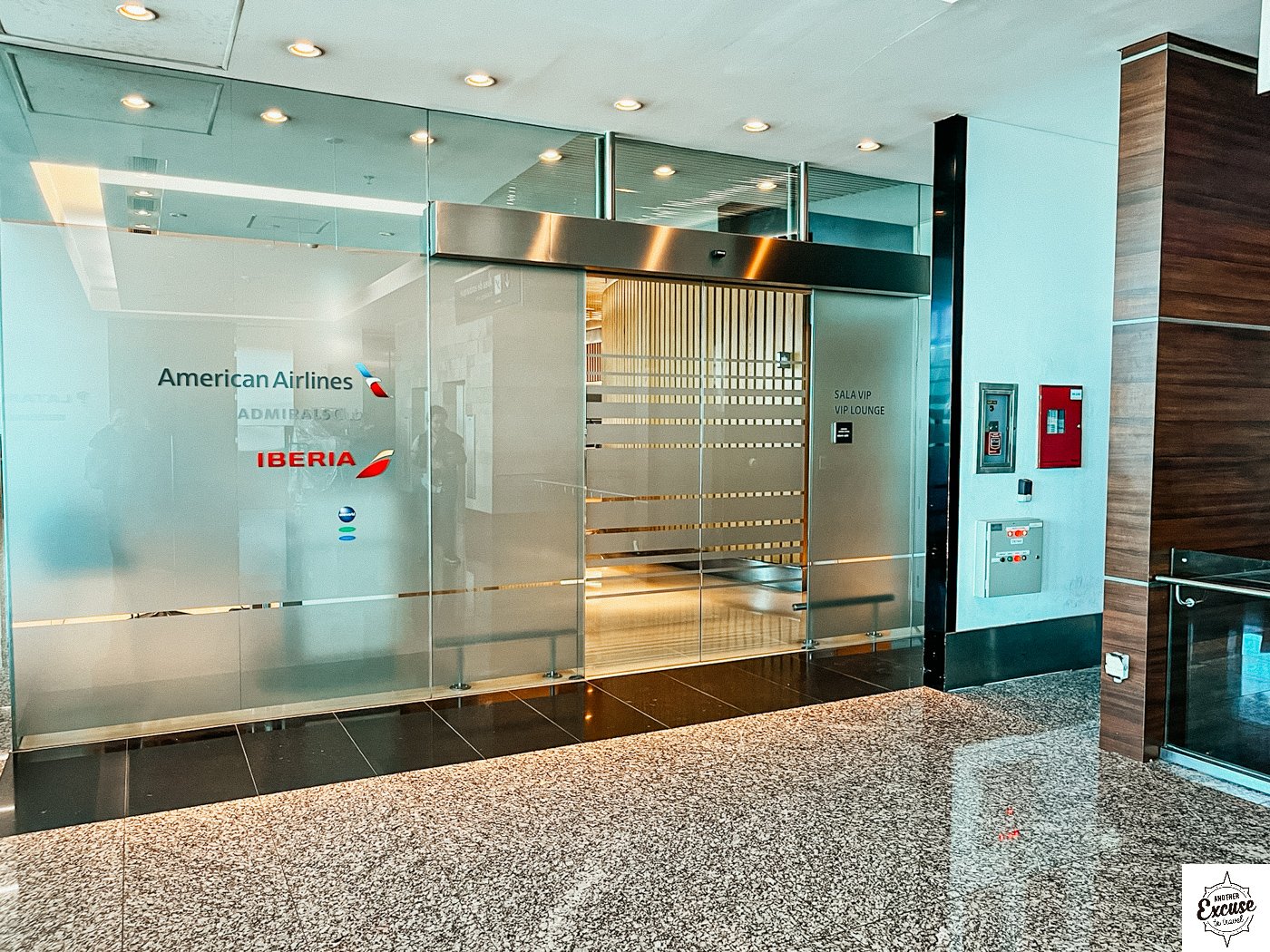

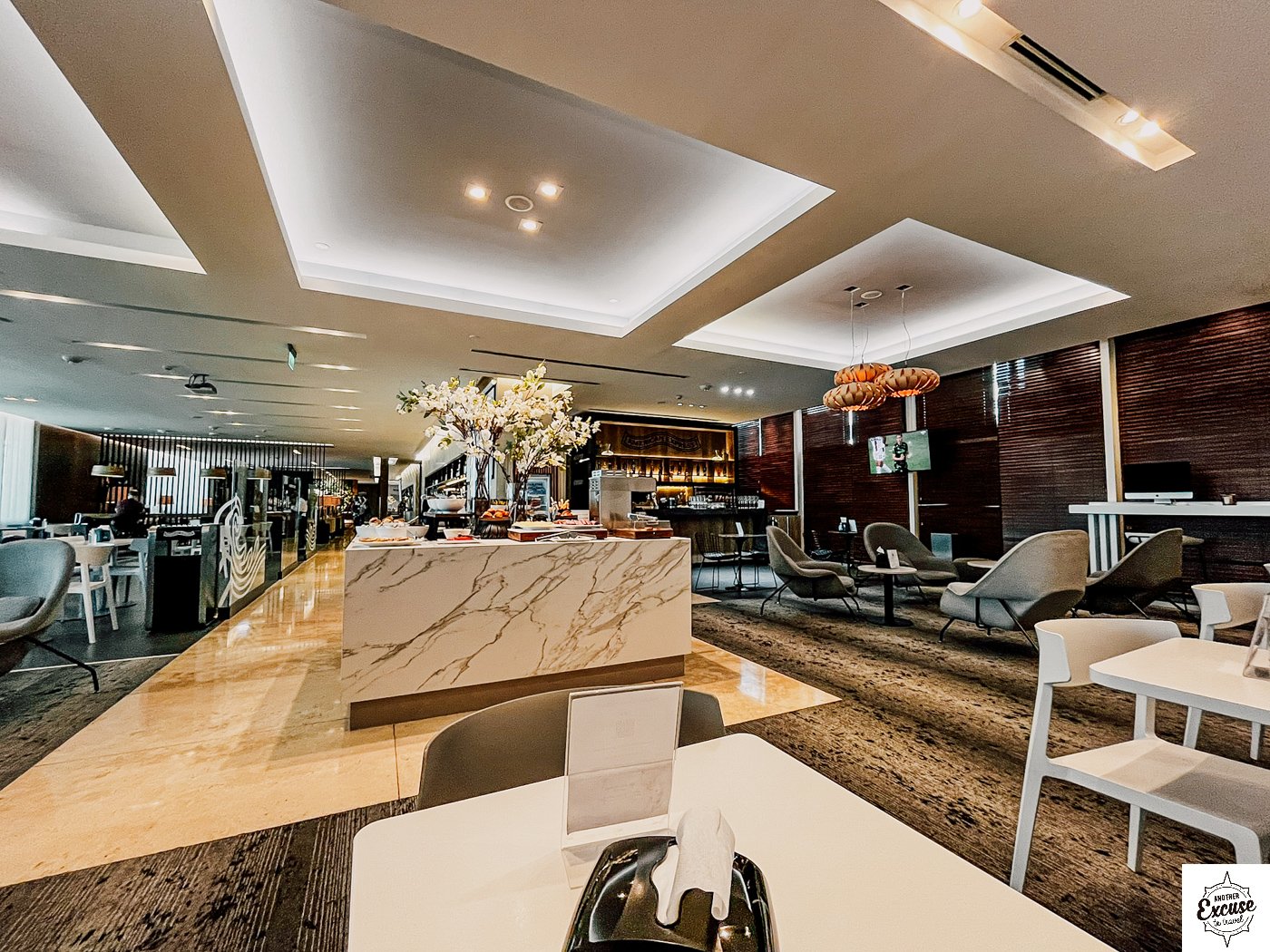

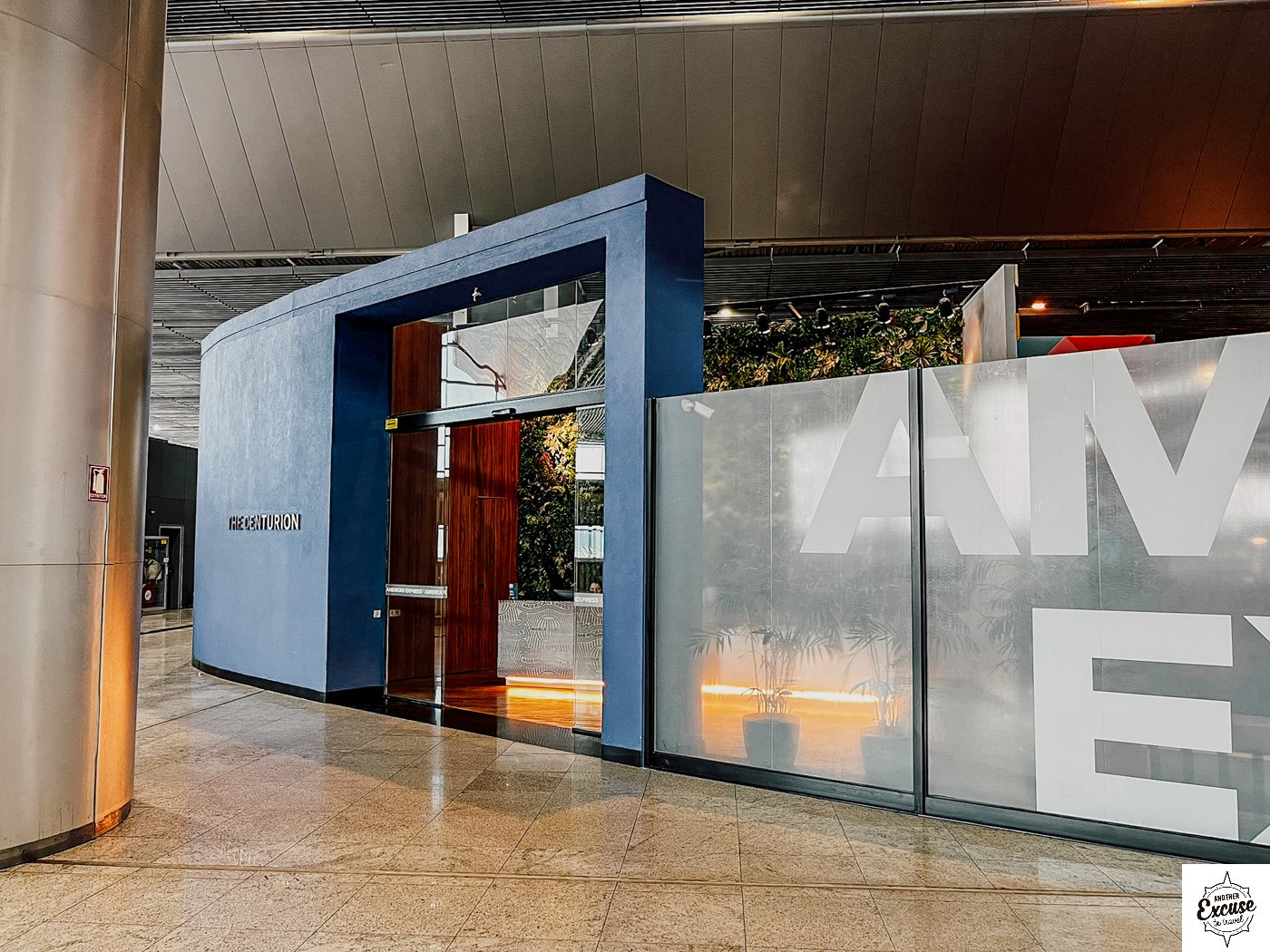
3 comments